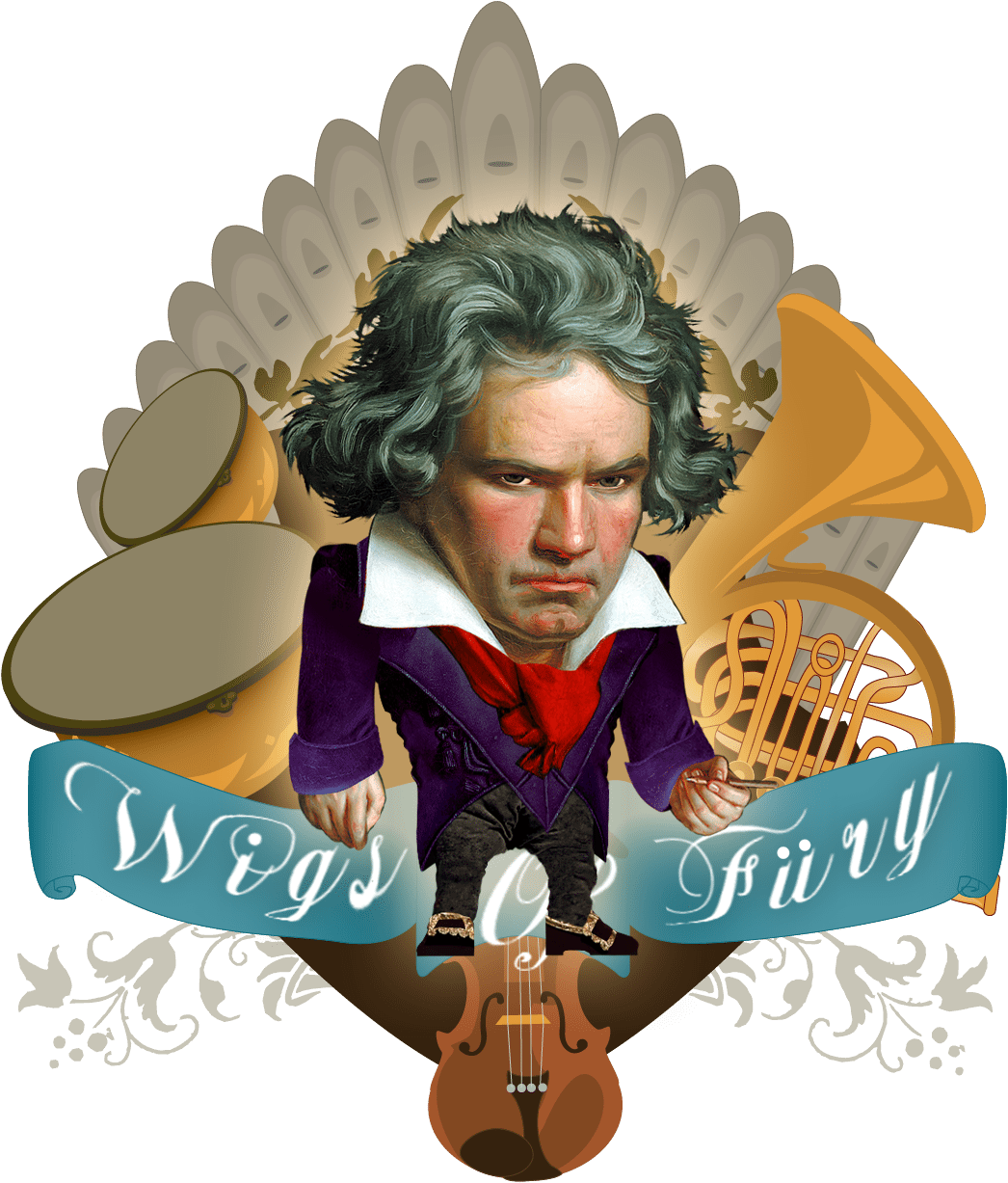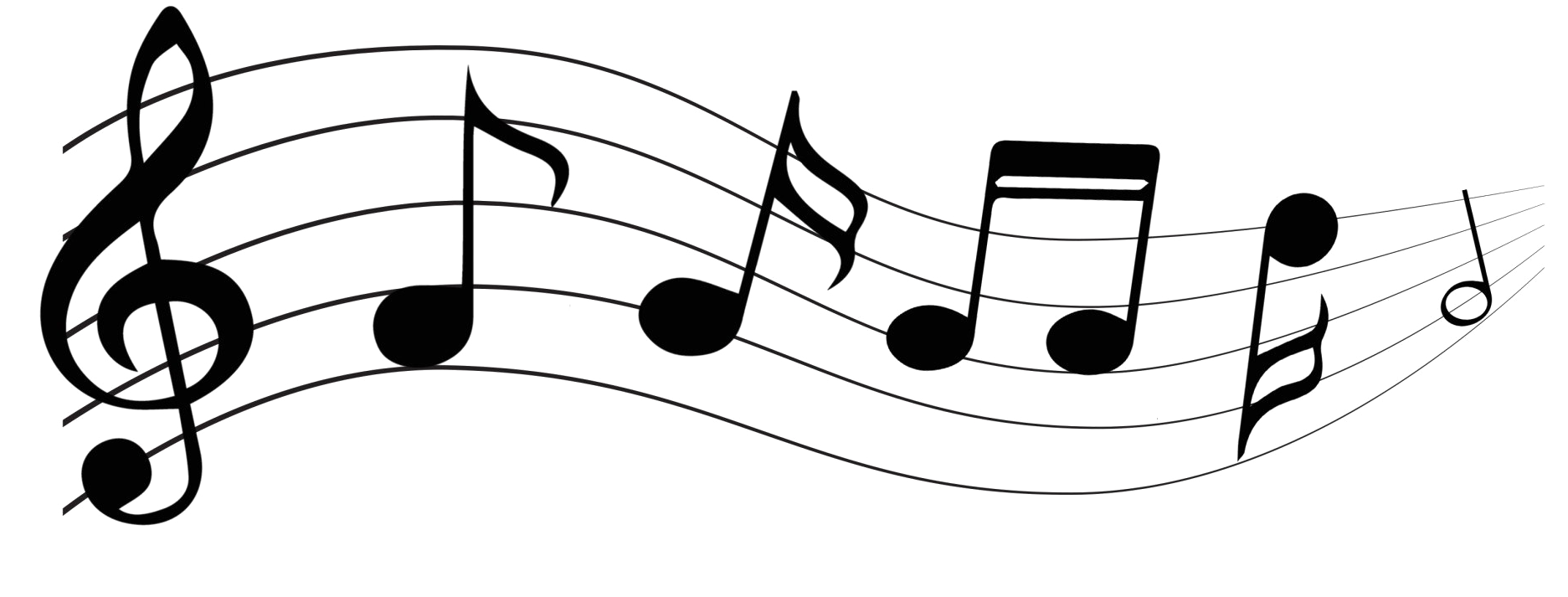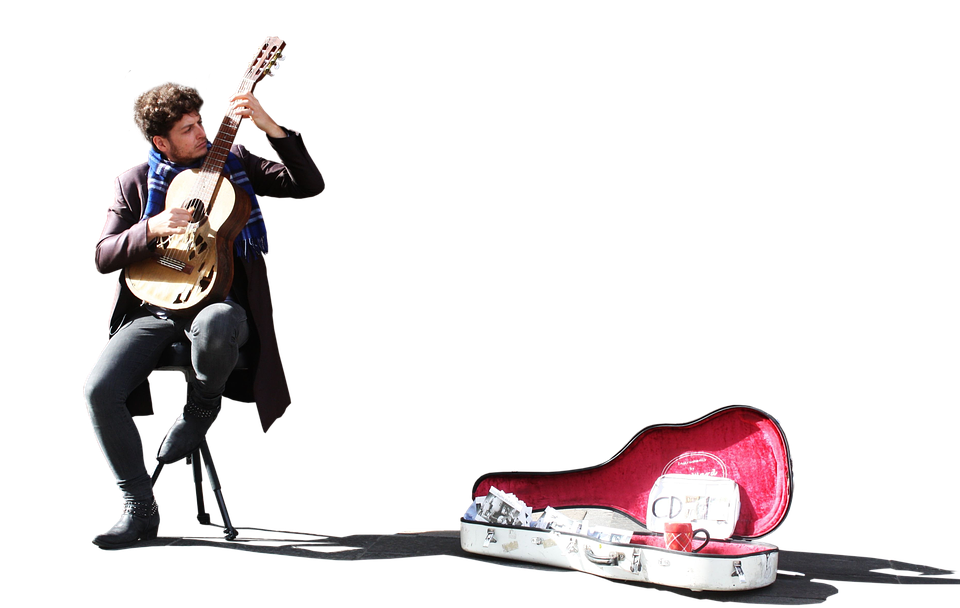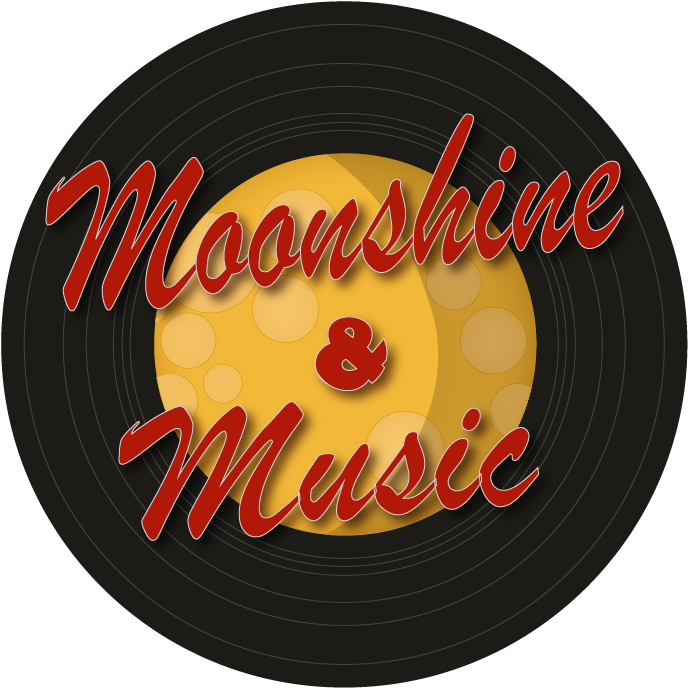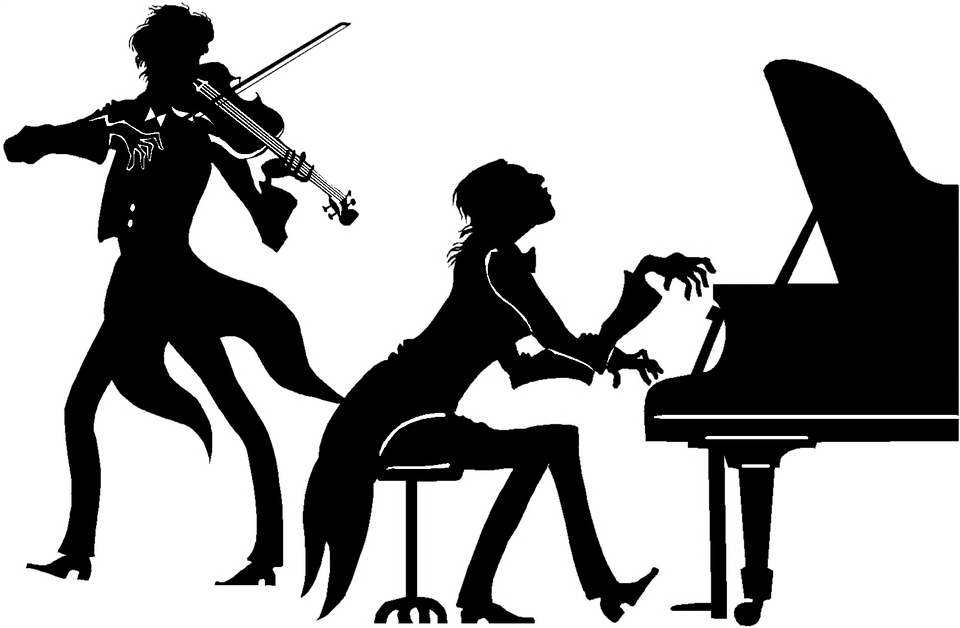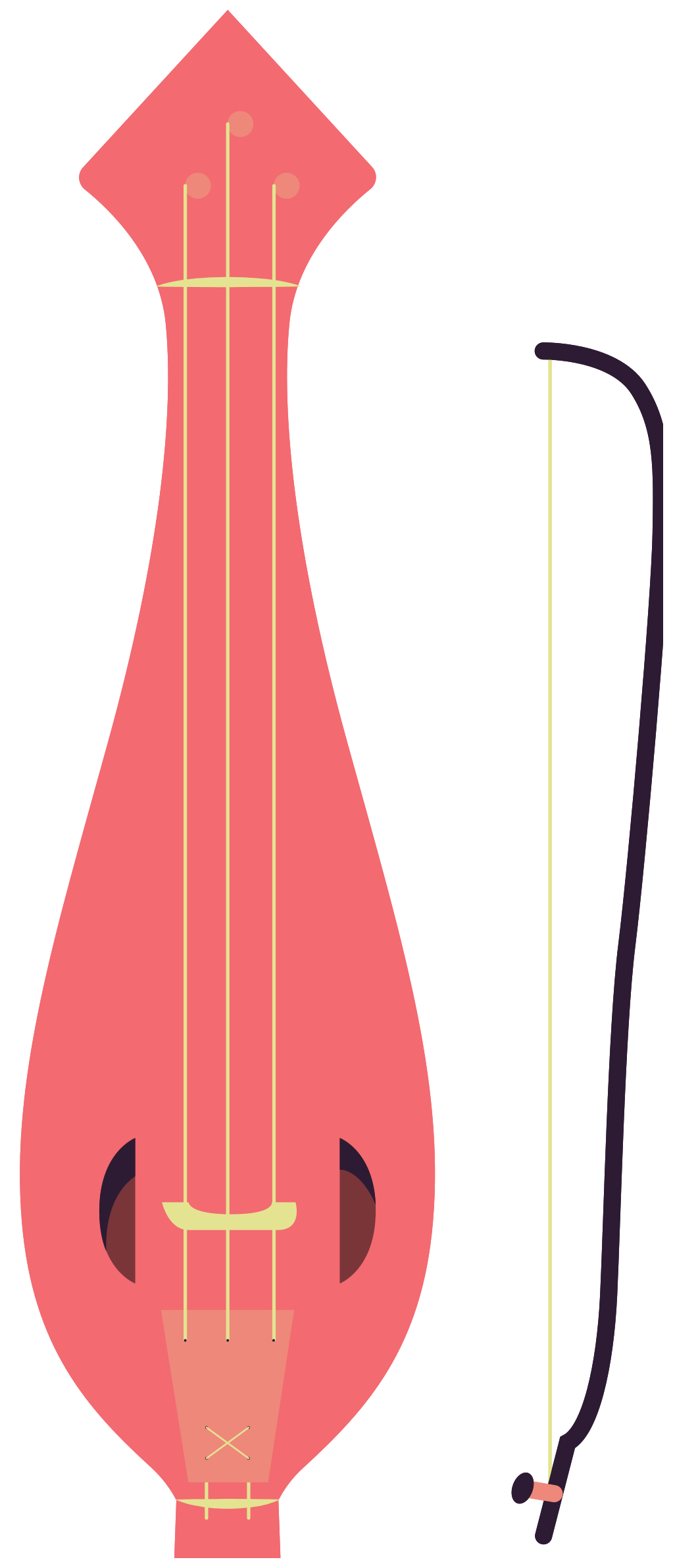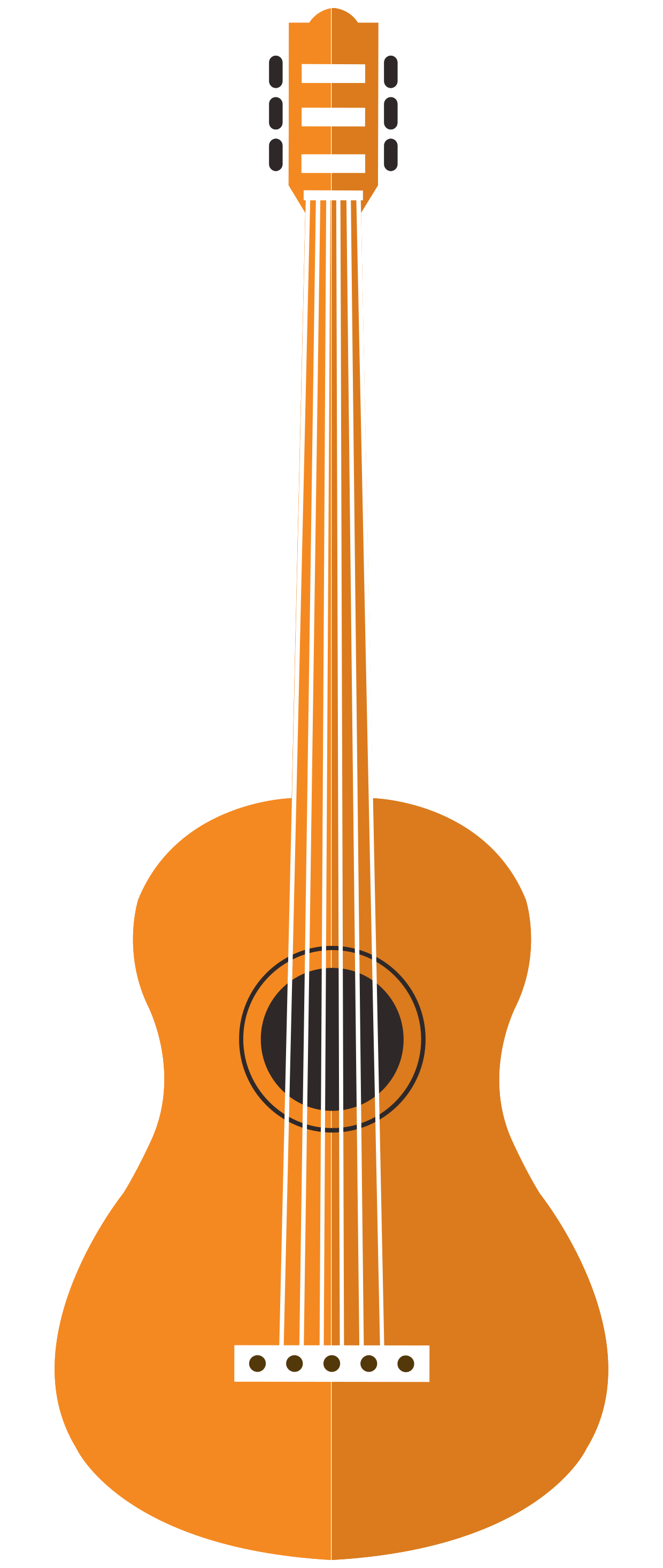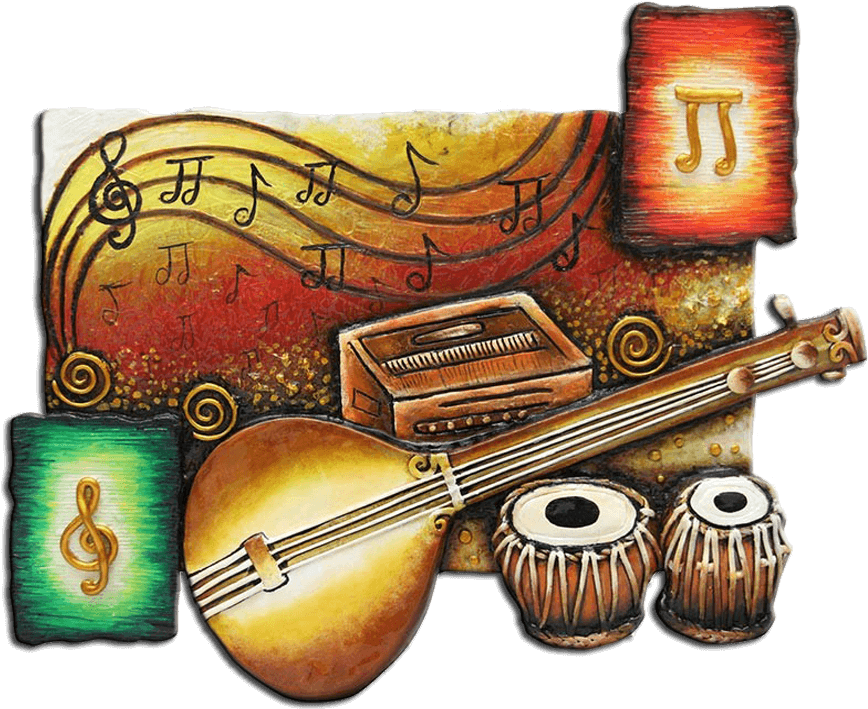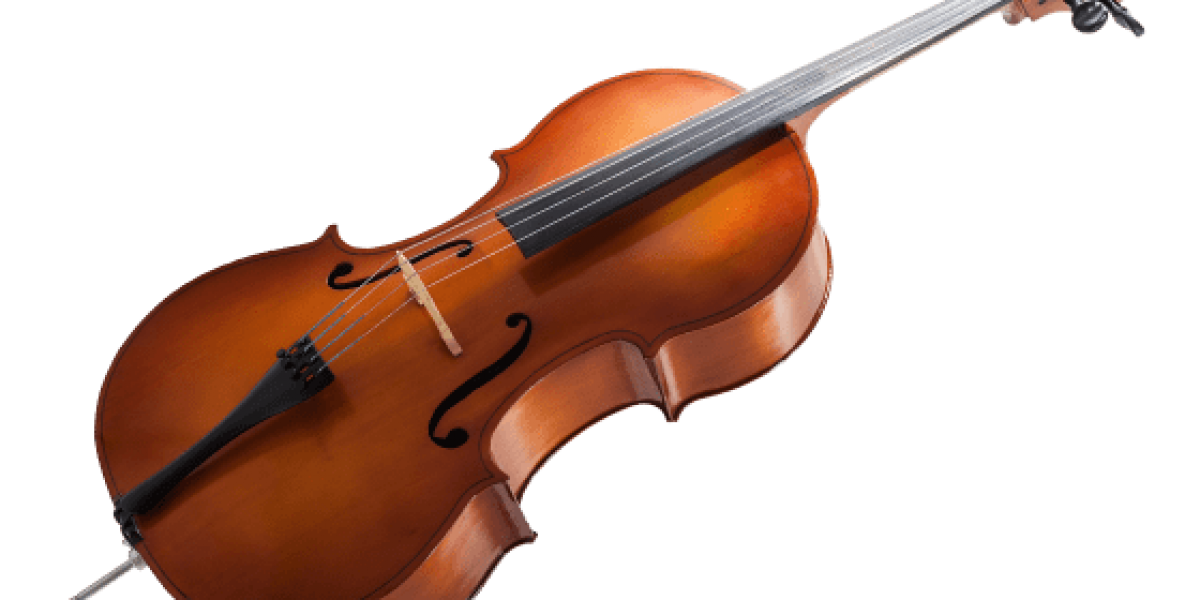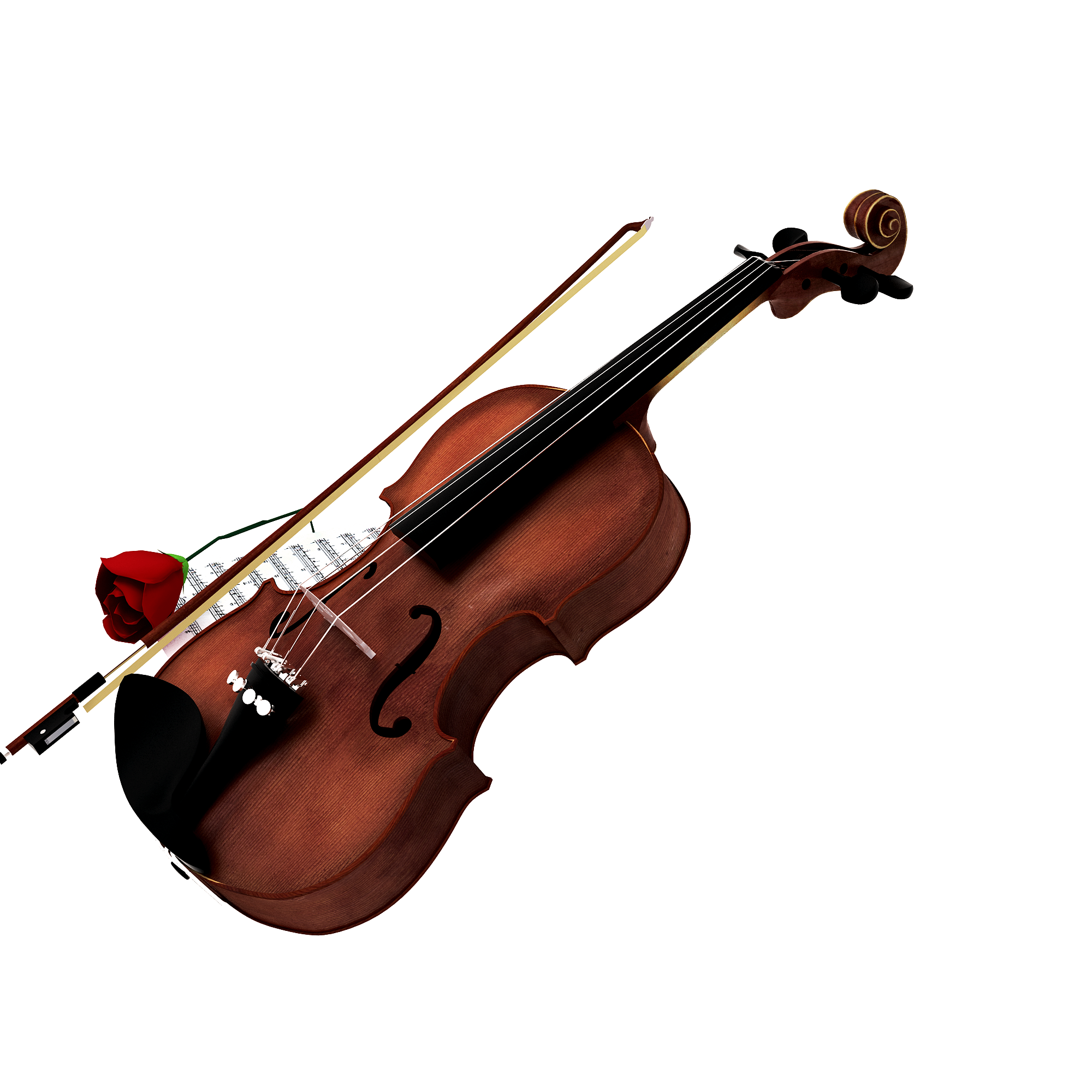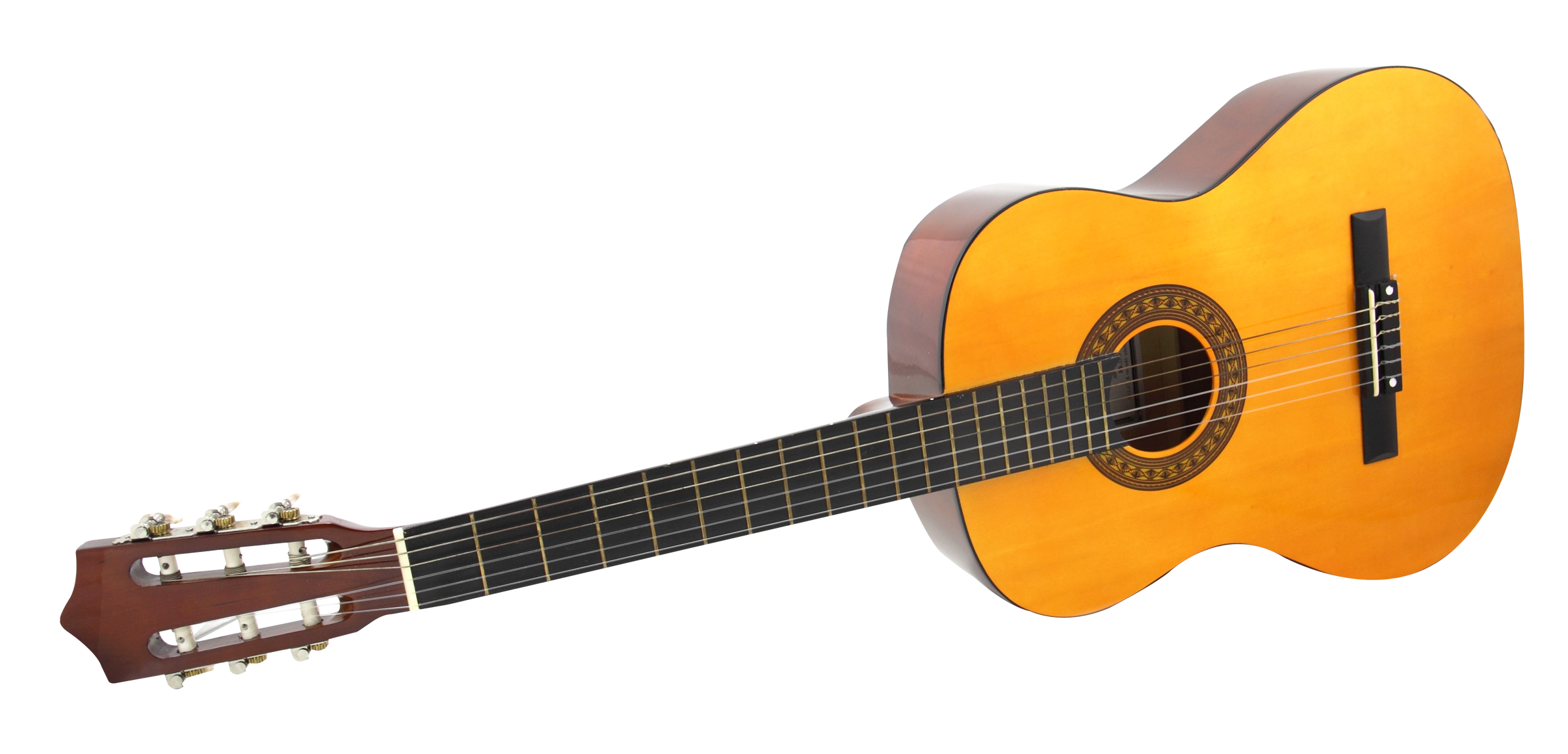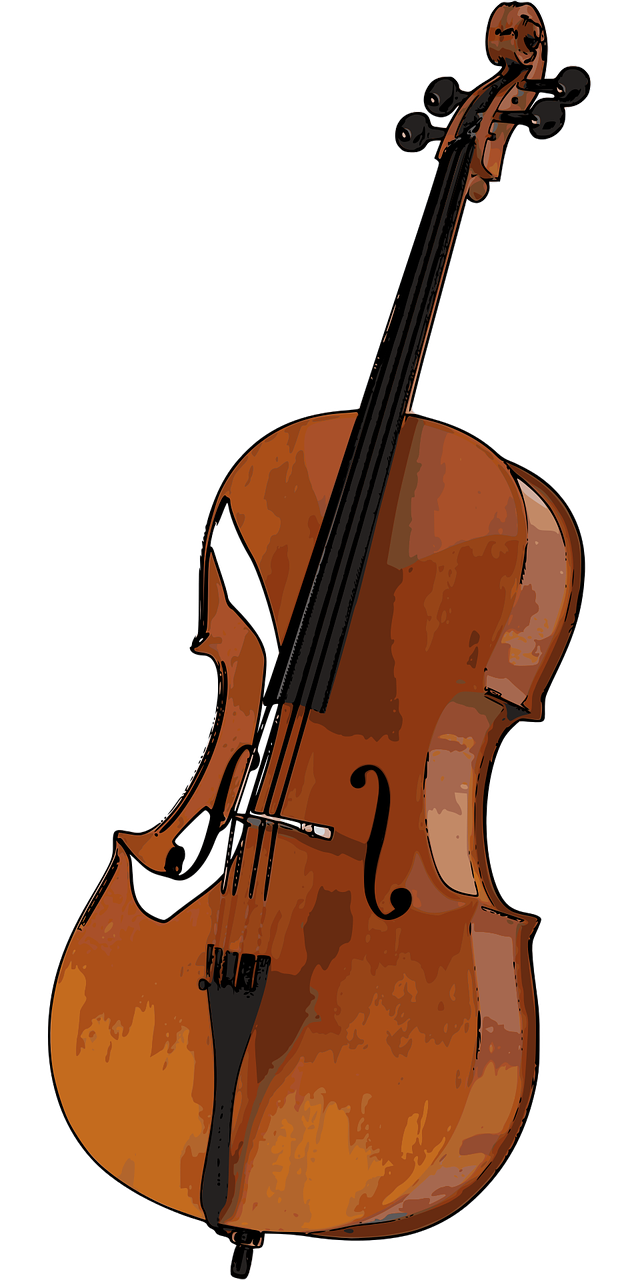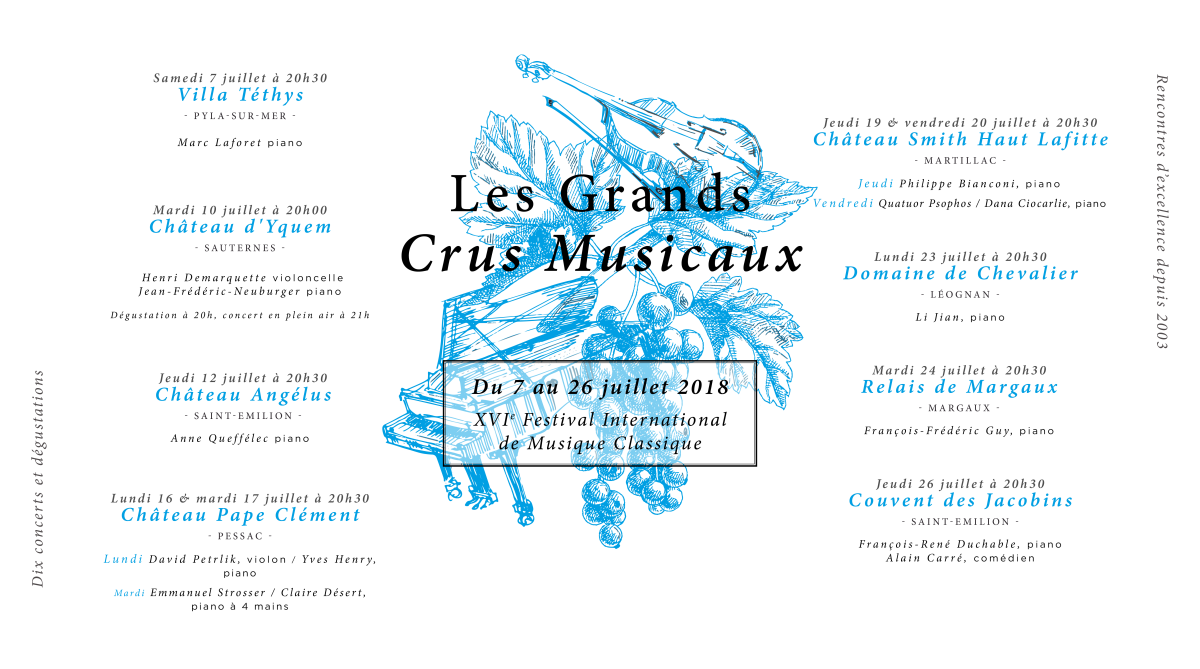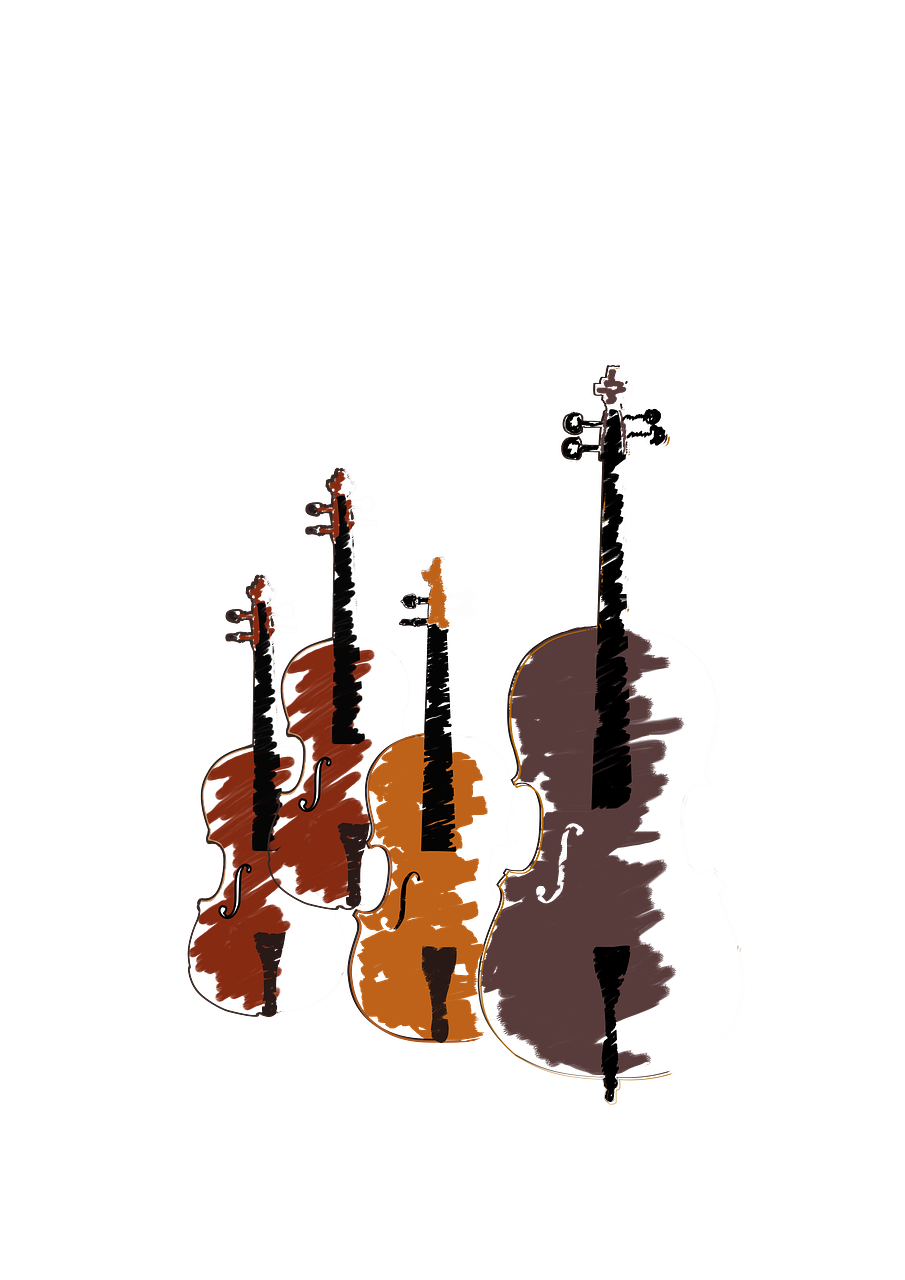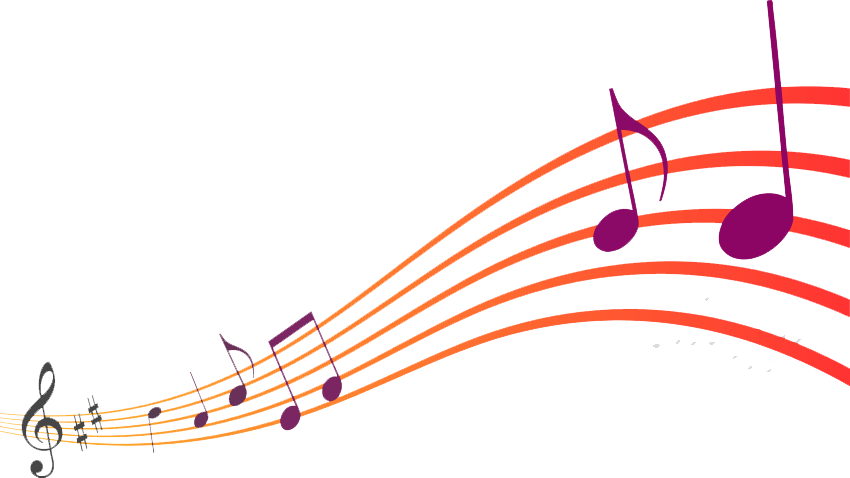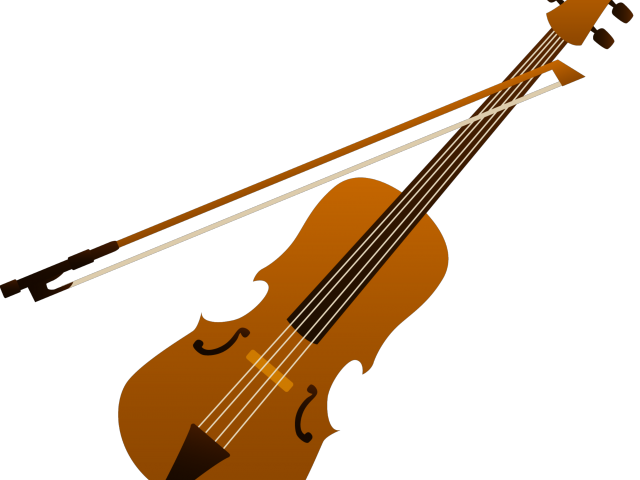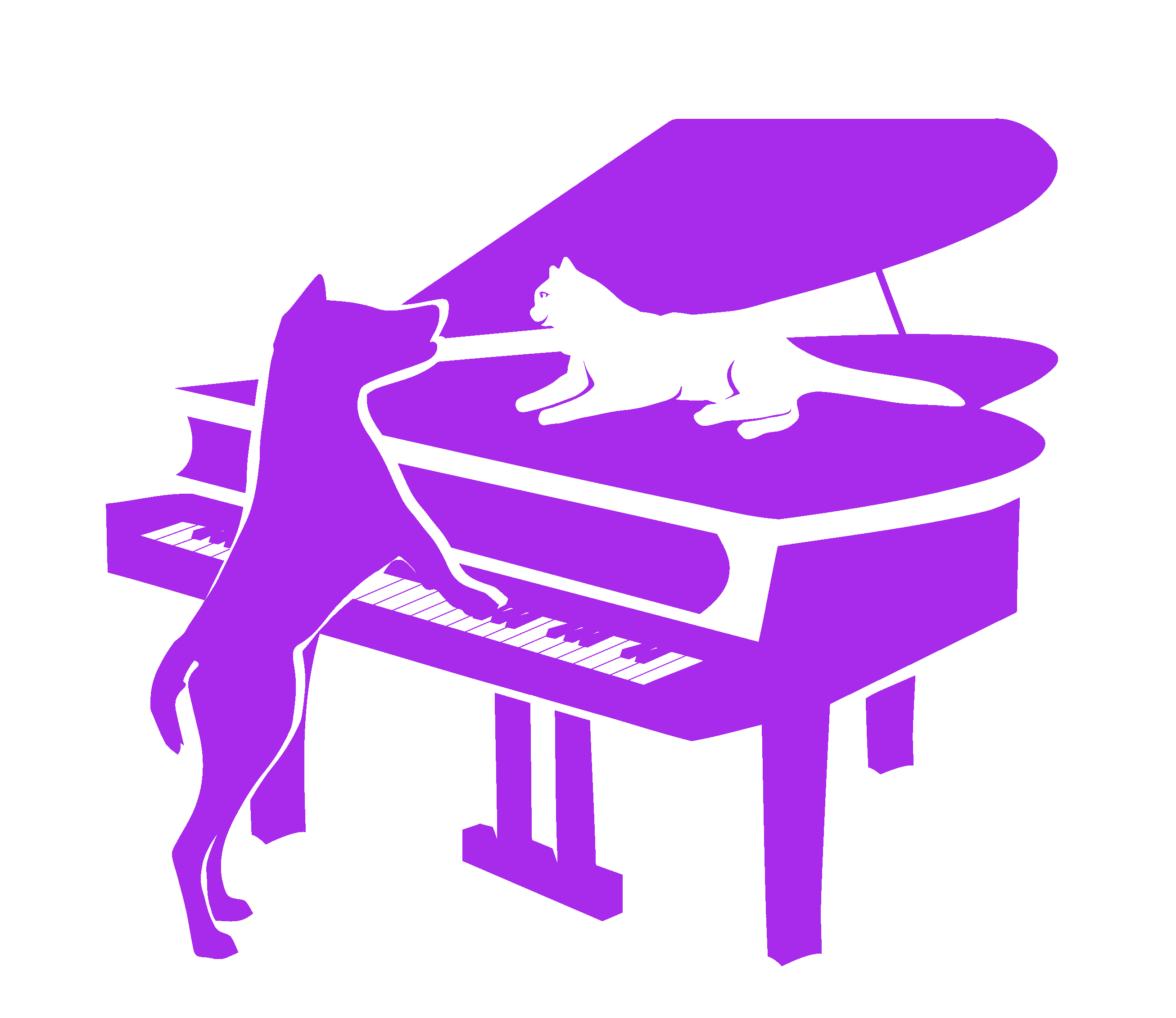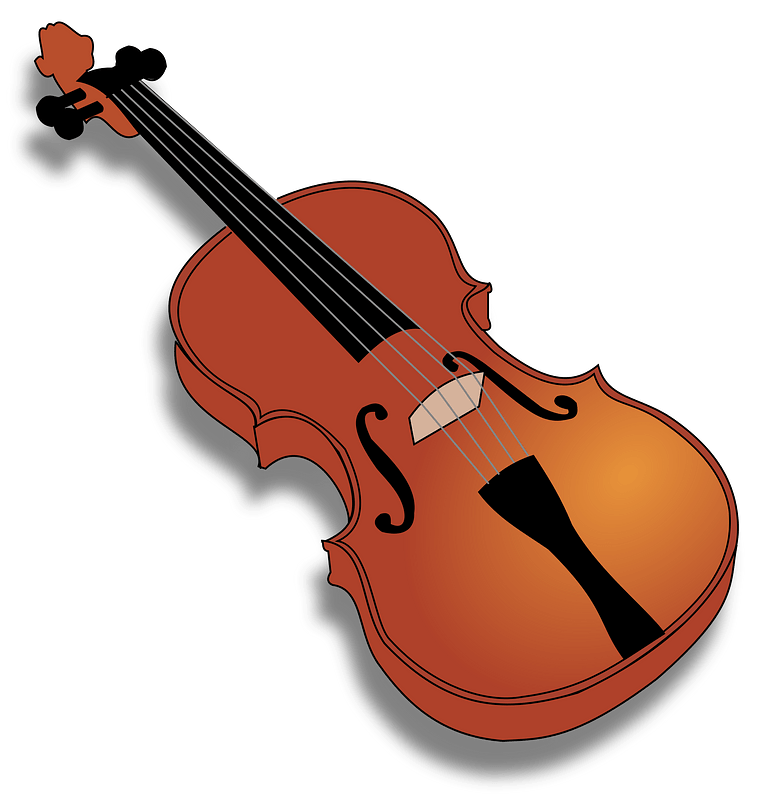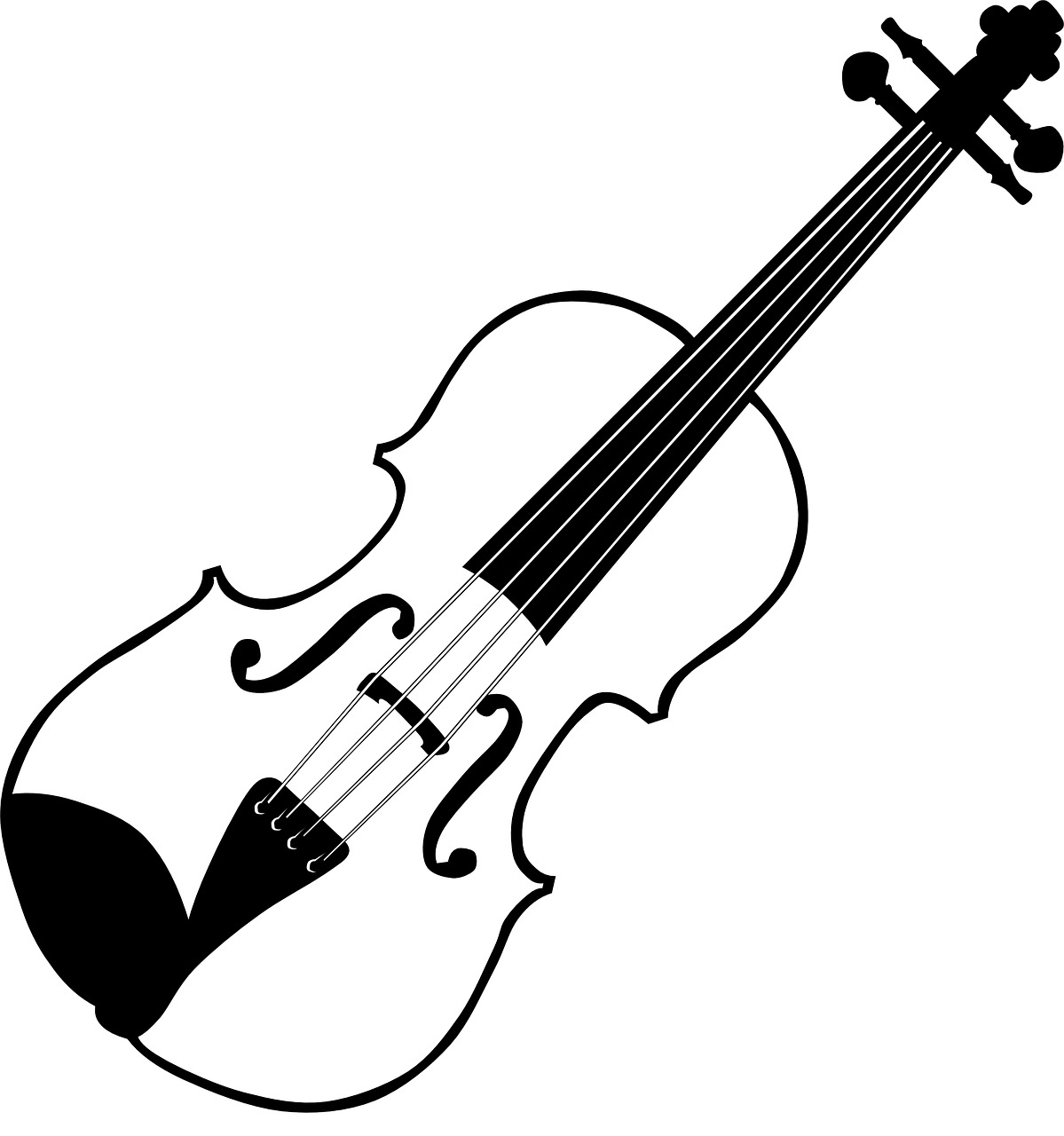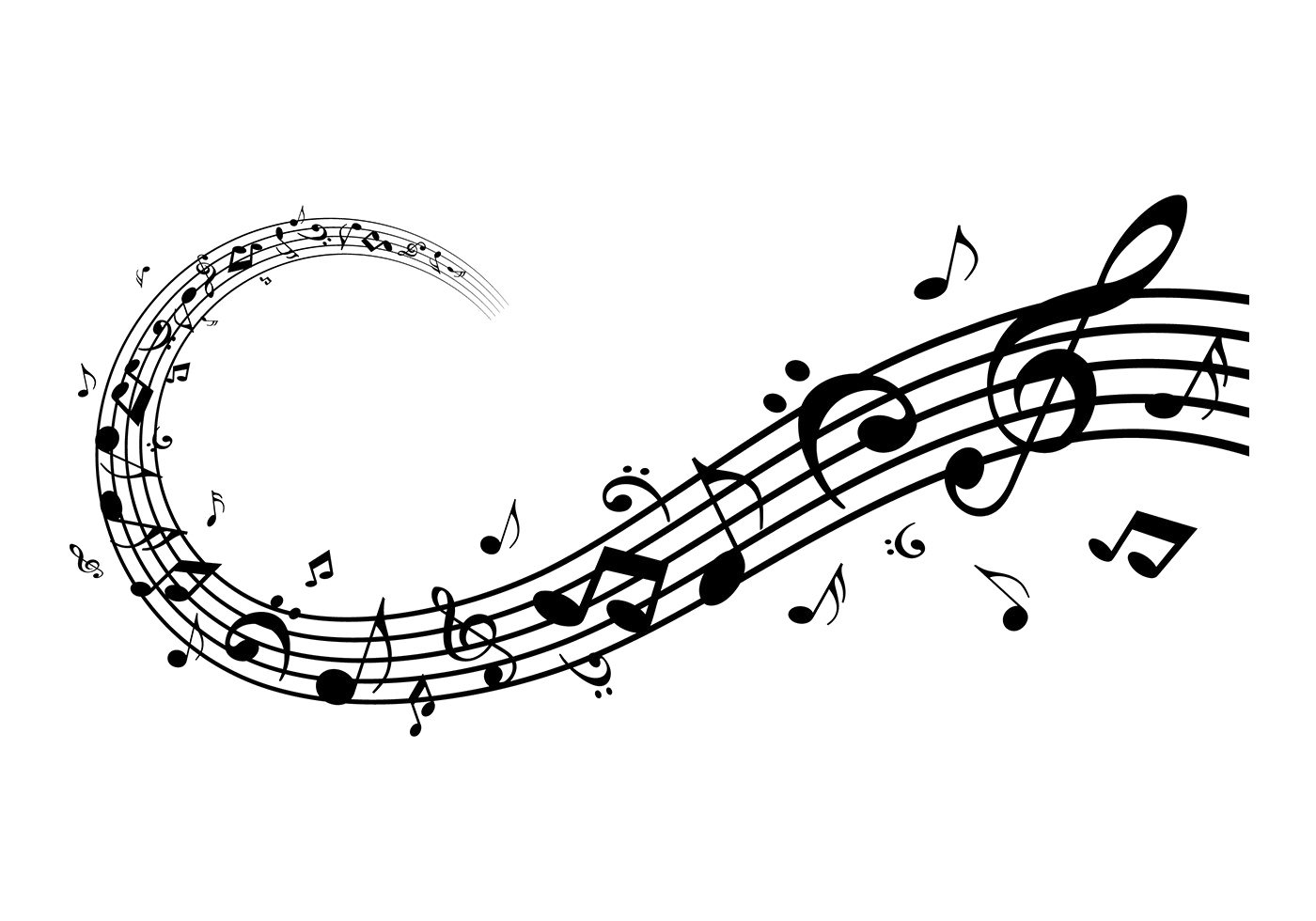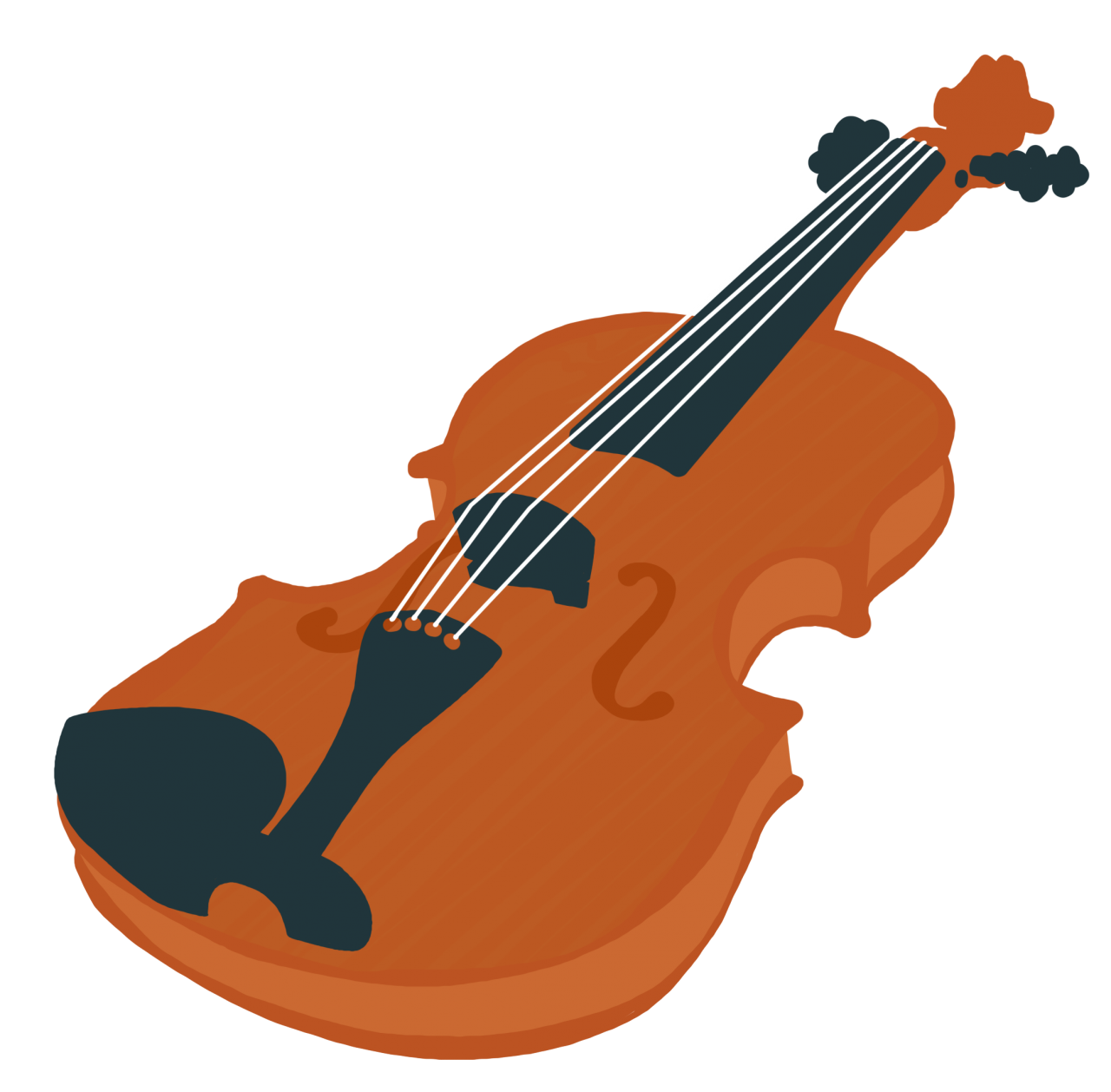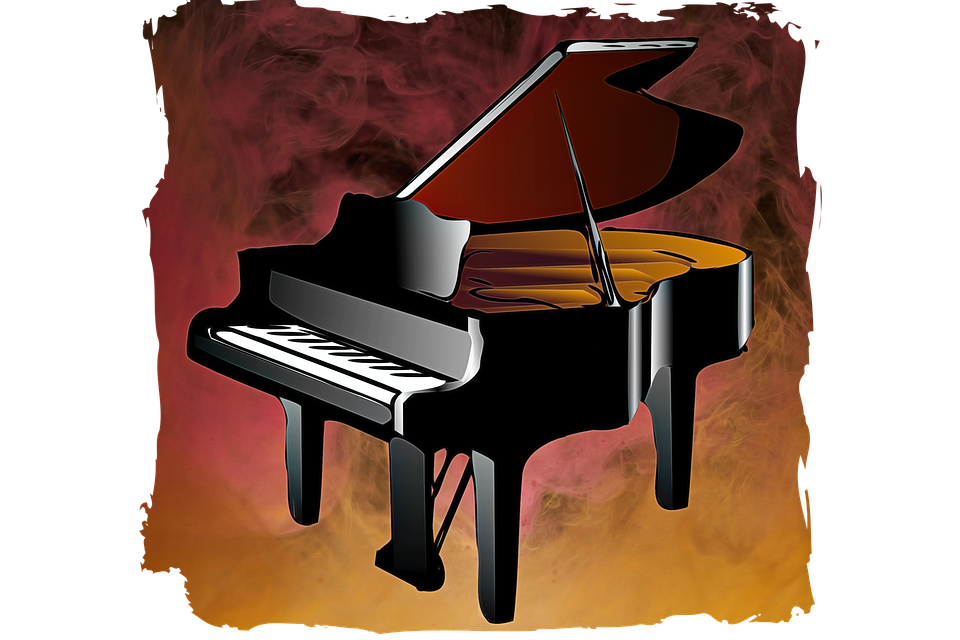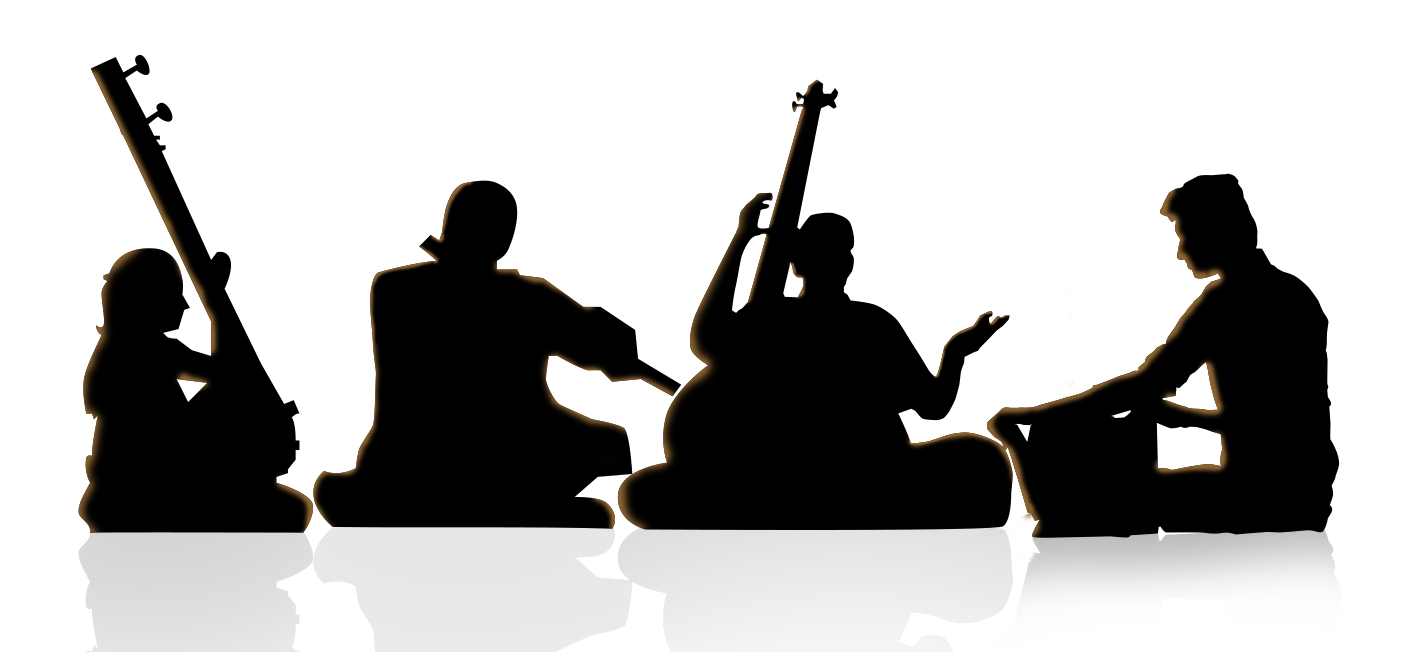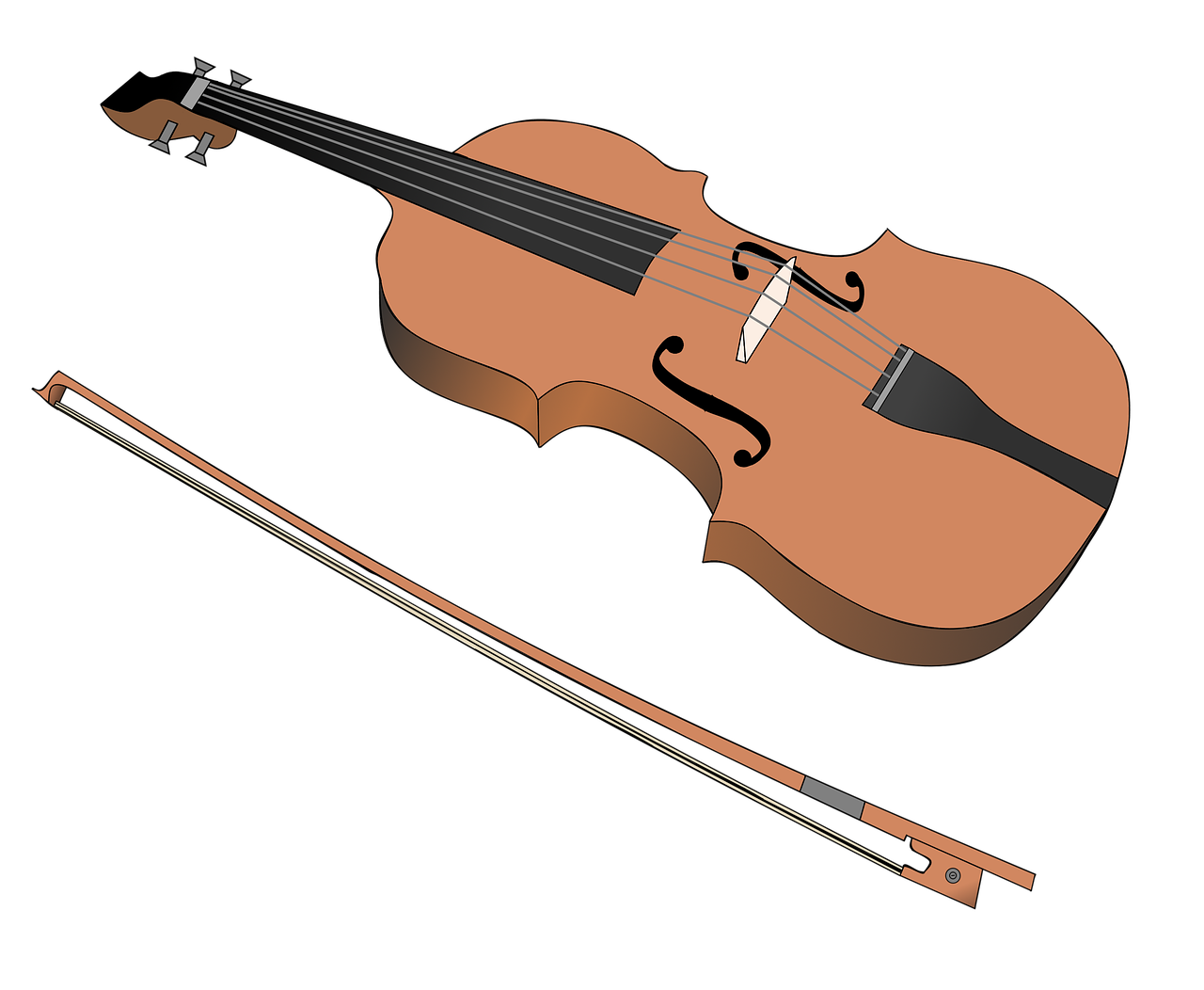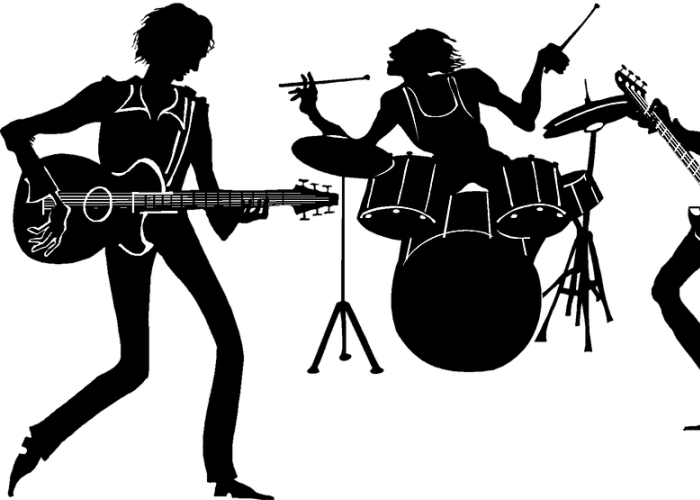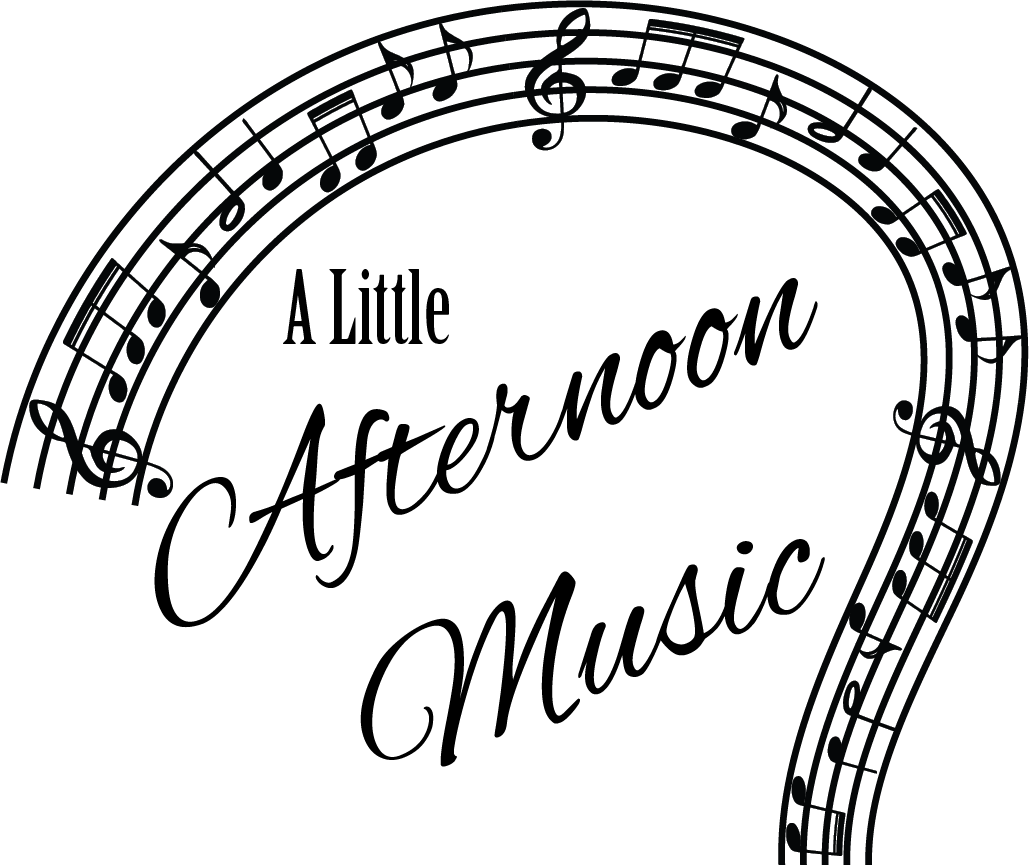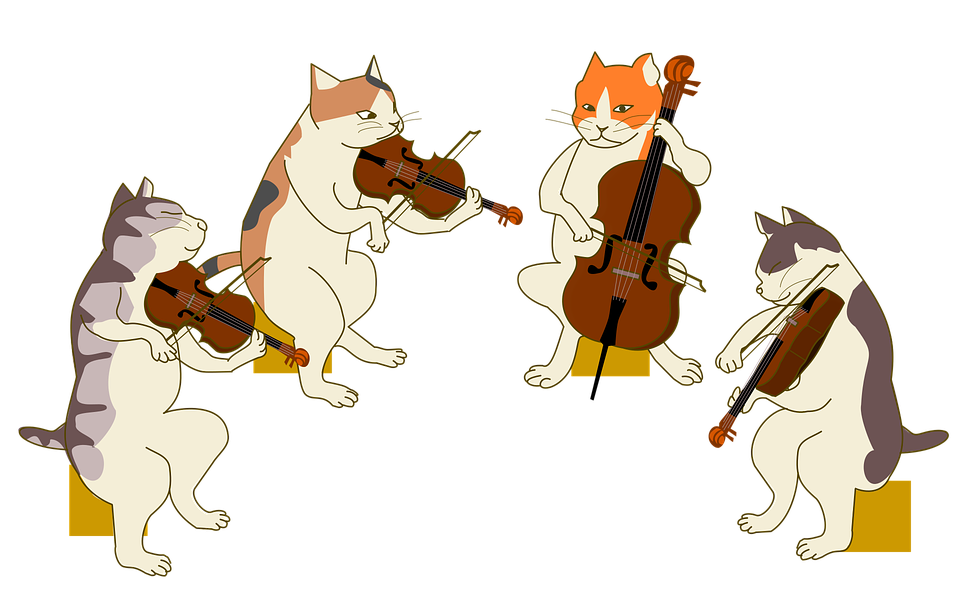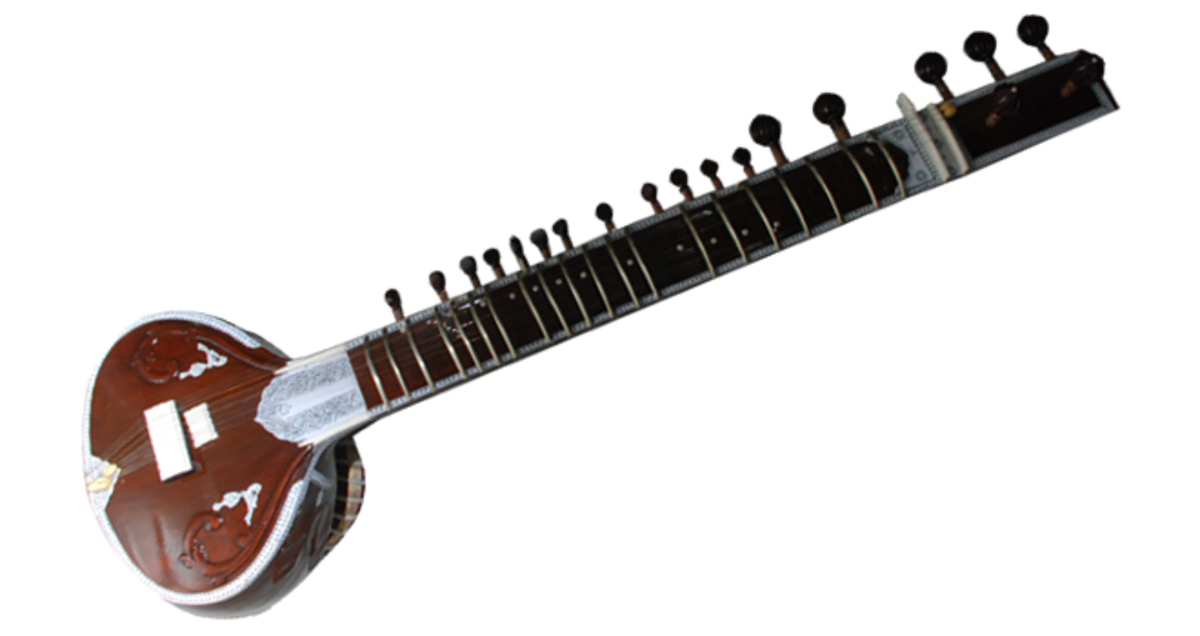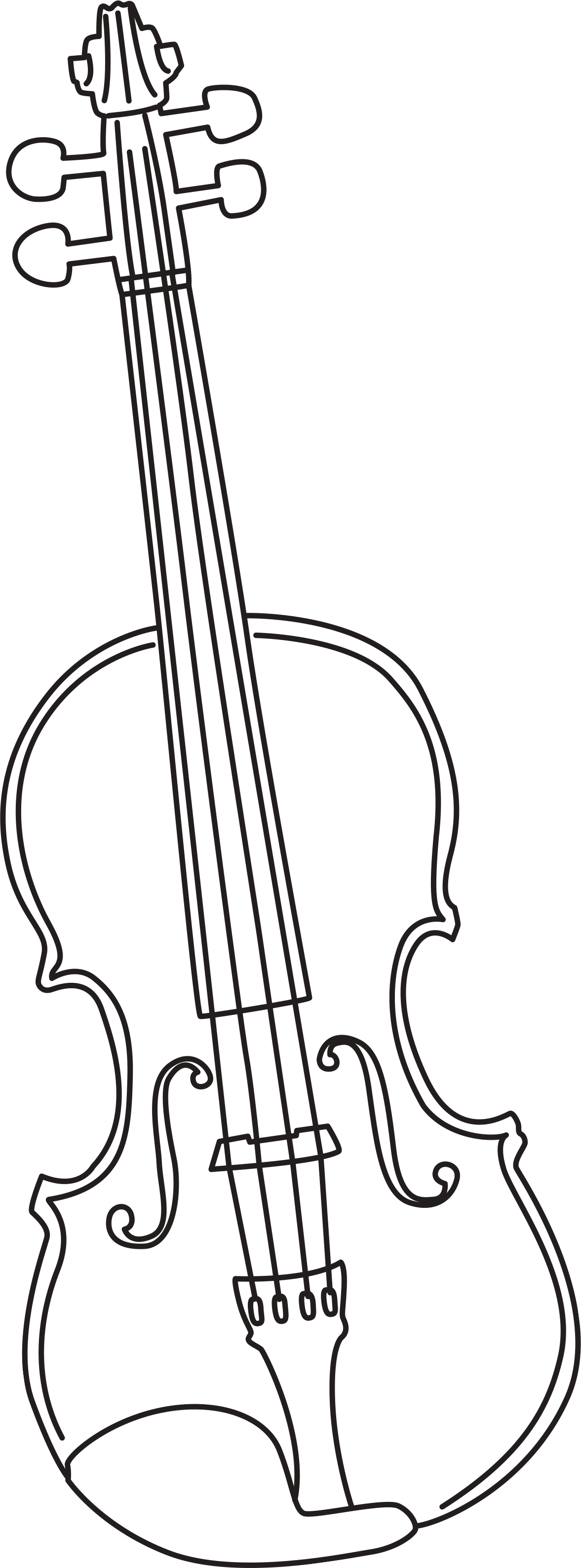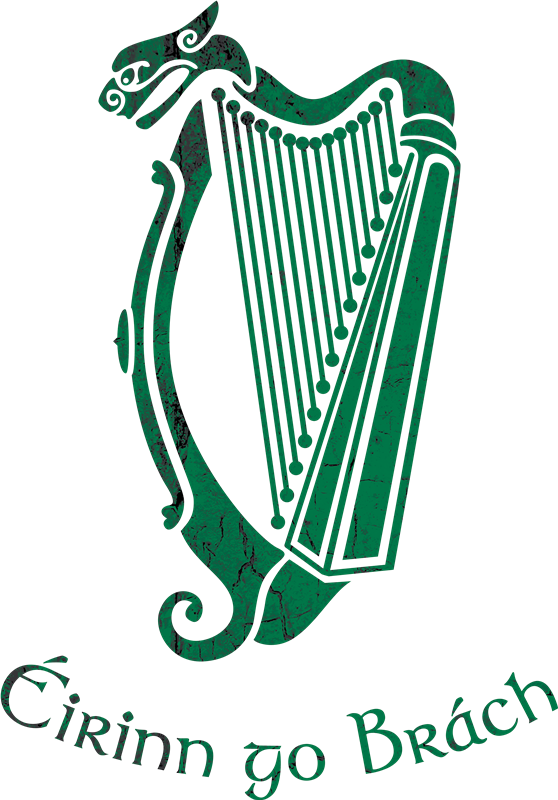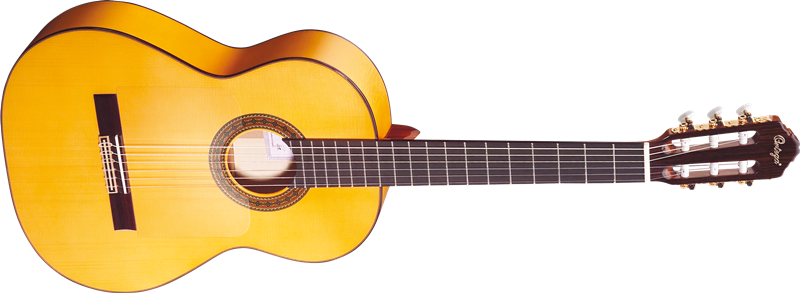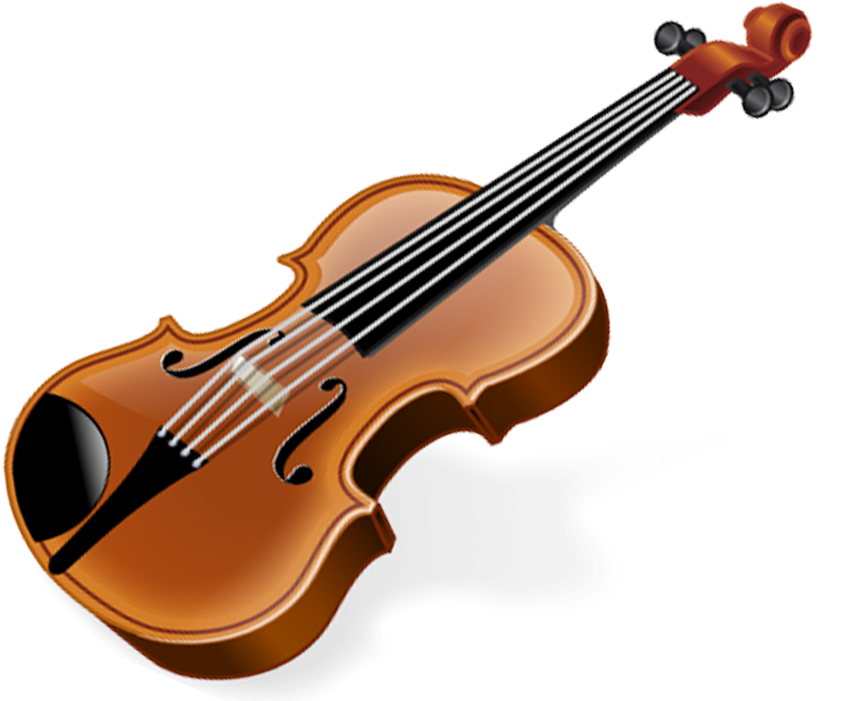Download top and best high-quality free Classical Music PNG Transparent Images backgrounds available in various sizes. To view the full PNG size resolution click on any of the below image thumbnail.
License Info: Creative Commons 4.0 BY-NC
Classical music is art music that is created or founded in Western cultural traditions, and is widely thought to have originated in Europe after the fall of the Western Roman Empire in the late fifth century CE and continues to this day. Western musical traditions deemed distinct from or a refinement of Western folk or popular music traditions are referred to as classical music.
Medieval (500–1400), Renaissance (1400–1600), Baroque (1600–1750), Classical (1750–1820), Romantic (1800–1910), Modernist (1890–1975), and Postmodern era/Contemporary (1950–present) eras are the key periods. These time periods and dates are all estimates, but they indicate progressive aesthetic developments that varied in intensity and importance across the Western world.
The term “classical music” was used in the early nineteenth century to distinguish the period between Johann Sebastian Bach and Ludwig van Beethoven as a golden age. The Oxford English Dictionary records the first mention of “classical music” in approximately 1829.
The system of staff notation, which has been in use since the 11th century, distinguishes European art music from many other non-European classical and popular musical styles. In order to unify liturgy throughout the Church, Catholic monks created the first versions of modern European musical notation. Composers employ Western staff notation to communicate the pitches and durations of a piece of music to the performer.
It contains holy (religious) as well as secular (non-religious) music. Classical music has been noted for the development of highly sophisticated forms of instrumental music such as the symphony, concerto, fugue, sonata, and mixed vocal and instrumental styles such as opera, cantata, and mass, in contrast to most popular styles that adopted the song (strophic) form or a derivation of this form.
Given the wide range of styles in European classical music, from monastic plainchant to Classical and Romantic symphonies for orchestra from the 1700s and 1800s to avant-garde atonal compositions from the 1900s, it’s difficult to single out characteristics that can be applied to all works of that genre. Nonetheless, for all compositions and accurate performance, a standardized method of exact mensural notation (which developed into current bar notation around 1600) has been used in classical music since the late 13th century.
Another is the development and production of complicated solo instrumental works (e.g., the fugue). The first symphonies were composed during the Classical period, and the symphony group and compositions were major aspects of Classical-period music beginning in the mid-eighteenth century.
The use of orchestration, counterpoint, harmony, musical development, rhythm, phrasing, texture, and form in works of classical repertoire is frequently complicated. Classical music is known for the creation of extremely advanced instrumental musical genres such as the concerto, symphony, and sonata, whereas most popular styles are generally produced in song form. Classical music is also known for its use of complex vocal and instrumental genres, such as opera. In opera, voice soloists and choruses perform staged theatrical pieces accompanied by an orchestra.
Download Classical Music PNG images transparent gallery.
- Classical Music PNG File
Resolution: 953 × 1024
Size: 956 KB
Image Format: .png
Download
- Classical Music PNG High Quality Image
Resolution: 1046 × 1227
Size: 399 KB
Image Format: .png
Download
- Classical Music PNG Image File
Resolution: 1873 × 713
Size: 285 KB
Image Format: .png
Download
- Classical Music PNG File Download Free
Resolution: 960 × 608
Size: 296 KB
Image Format: .png
Download
- Classical Music PNG Transparent HD Photo
Resolution: 1600 × 2305
Size: 1966 KB
Image Format: .png
Download
- Classical Music PNG
Resolution: 688 × 688
Size: 173 KB
Image Format: .png
Download
- Classical Music Silhoutte
Resolution: 960 × 628
Size: 122 KB
Image Format: .png
Download
- Classical Music PNG Image
Resolution: 755 × 700
Size: 391 KB
Image Format: .png
Download
- Classical Music Transparent
Resolution: 1023 × 2382
Size: 85 KB
Image Format: .png
Download
- Classical Music Instrument PNG
Resolution: 777 × 1747
Size: 83 KB
Image Format: .png
Download
- Classical Music Instrument PNG Image
Resolution: 1240 × 2931
Size: 144 KB
Image Format: .png
Download
- Classical Music PNG Clipart
Resolution: 640 × 480
Size: 101 KB
Image Format: .png
Download
- Classical Music Instrument PNG Clipart
Resolution: 868 × 709
Size: 350 KB
Image Format: .png
Download
- Classical Music Vector
Resolution: 825 × 720
Size: 78 KB
Image Format: .png
Download
- Classical Music Silhoutte PNG
Resolution: 705 × 720
Size: 106 KB
Image Format: .png
Download
- Classical Music Instrument PNG Free Download
Resolution: 1200 × 600
Size: 314 KB
Image Format: .png
Download
- Classical Music Instrument PNG Picture
Resolution: 2000 × 2000
Size: 1531 KB
Image Format: .png
Download
- Classical Music Instrument PNG Free Image
Resolution: 2412 × 1160
Size: 1354 KB
Image Format: .png
Download
- Classical Music PNG Free Image
Resolution: 1754 × 1240
Size: 81 KB
Image Format: .png
Download
- Classical Music Instrument PNG File
Resolution: 1280 × 935
Size: 318 KB
Image Format: .png
Download
- Classical Music Instrument PNG HD Image
Resolution: 640 × 1280
Size: 360 KB
Image Format: .png
Download
- Classical Music Instrument PNG Pic
Resolution: 2045 × 1258
Size: 313 KB
Image Format: .png
Download
- Classical Music Vector PNG
Resolution: 1200 × 669
Size: 318 KB
Image Format: .png
Download
- Classical Music Vector PNG Image
Resolution: 905 × 1280
Size: 240 KB
Image Format: .png
Download
- Classical Music Vector Transparent
Resolution: 850 × 478
Size: 69 KB
Image Format: .png
Download
- Classical Music Instrument PNG High Quality Image
Resolution: 640 × 480
Size: 92 KB
Image Format: .png
Download
- Classical Music Vector PNG Clipart
Resolution: 2612 × 2262
Size: 38 KB
Image Format: .png
Download
- Classical Music Instrument PNG Images
Resolution: 765 × 800
Size: 64 KB
Image Format: .png
Download
- Classical Music Vector PNG Free Download
Resolution: 1024 × 676
Size: 164 KB
Image Format: .png
Download
- Classical Music PNG HD Image
Resolution: 900 × 400
Size: 128 KB
Image Format: .png
Download
- Classical Music PNG Pic
Resolution: 1179 × 1179
Size: 1182 KB
Image Format: .png
Download
- Classical Music Instrument PNG Image File
Resolution: 1199 × 1280
Size: 137 KB
Image Format: .png
Download
- Classical Music PNG Download Image
Resolution: 696 × 997
Size: 46 KB
Image Format: .png
Download
- Classical Music Silhoutte PNG Image
Resolution: 648 × 750
Size: 45 KB
Image Format: .png
Download
- Classical Music Instrument PNG Photo
Resolution: 1065 × 1280
Size: 296 KB
Image Format: .png
Download
- Classical Music Silhoutte Transparent
Resolution: 1400 × 980
Size: 277 KB
Image Format: .png
Download
- Classical Music Instrument PNG Image HD
Resolution: 1280 × 1258
Size: 532 KB
Image Format: .png
Download
- Classical Music PNG Images
Resolution: 960 × 640
Size: 537 KB
Image Format: .png
Download
- Classical Music Silhoutte PNG Clipart
Resolution: 1424 × 652
Size: 134 KB
Image Format: .png
Download
- Classical Music Instrument PNG File Download Free
Resolution: 1280 × 1052
Size: 321 KB
Image Format: .png
Download
- Classical Music Silhoutte PNG Free Download
Resolution: 1000 × 479
Size: 113 KB
Image Format: .png
Download
- Classical Music Silhoutte PNG Picture
Resolution: 700 × 500
Size: 64 KB
Image Format: .png
Download
- Classical Music Silhoutte PNG Free Image
Resolution: 800 × 724
Size: 47 KB
Image Format: .png
Download
- Classical Music Silhoutte PNG File
Resolution: 1534 × 511
Size: 19 KB
Image Format: .png
Download
- Classical Music PNG Photo
Resolution: 850 × 405
Size: 189 KB
Image Format: .png
Download
- Classical Music Silhoutte PNG HD Image
Resolution: 1686 × 562
Size: 48 KB
Image Format: .png
Download
- Classical Music Silhoutte PNG Pic
Resolution: 1029 × 865
Size: 106 KB
Image Format: .png
Download
- Classical Music Vector PNG Picture
Resolution: 960 × 600
Size: 260 KB
Image Format: .png
Download
- Classical Music PNG Image HD
Resolution: 1200 × 636
Size: 337 KB
Image Format: .png
Download
- Classical Music Vector PNG Free Image
Resolution: 1177 × 3178
Size: 114 KB
Image Format: .png
Download
- Classical Music Instrument Transparent
Resolution: 558 × 800
Size: 290 KB
Image Format: .png
Download
- Classical Music Instrument
Resolution: 800 × 293
Size: 280 KB
Image Format: .png
Download
- Classical Music
Resolution: 652 × 567
Size: 75 KB
Image Format: .png
Download
- Classical Music PNG Free Download
Resolution: 1298 × 1600
Size: 1000 KB
Image Format: .png
Download
- Classical Music PNG Picture
Resolution: 845 × 701
Size: 443 KB
Image Format: .png
Download

